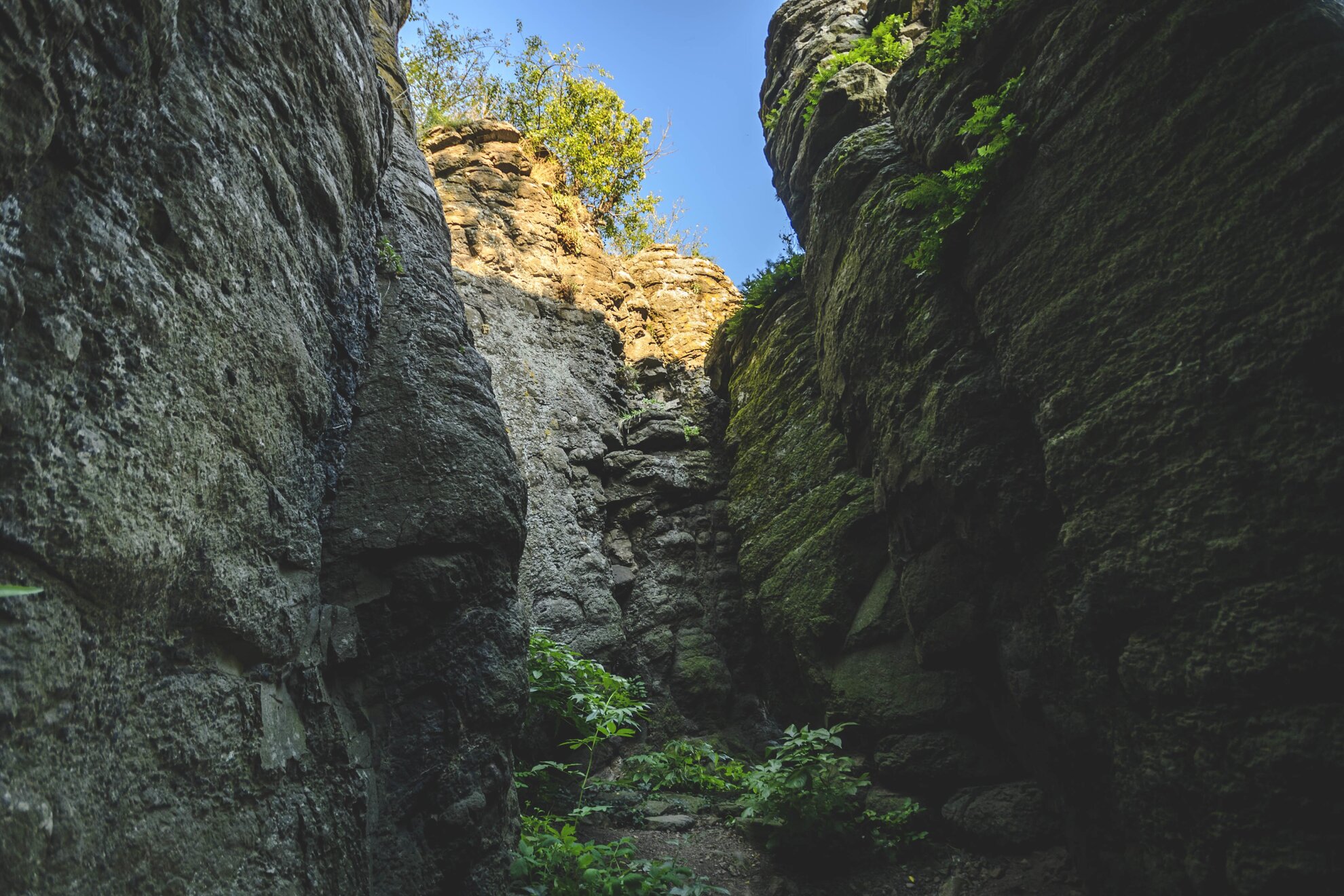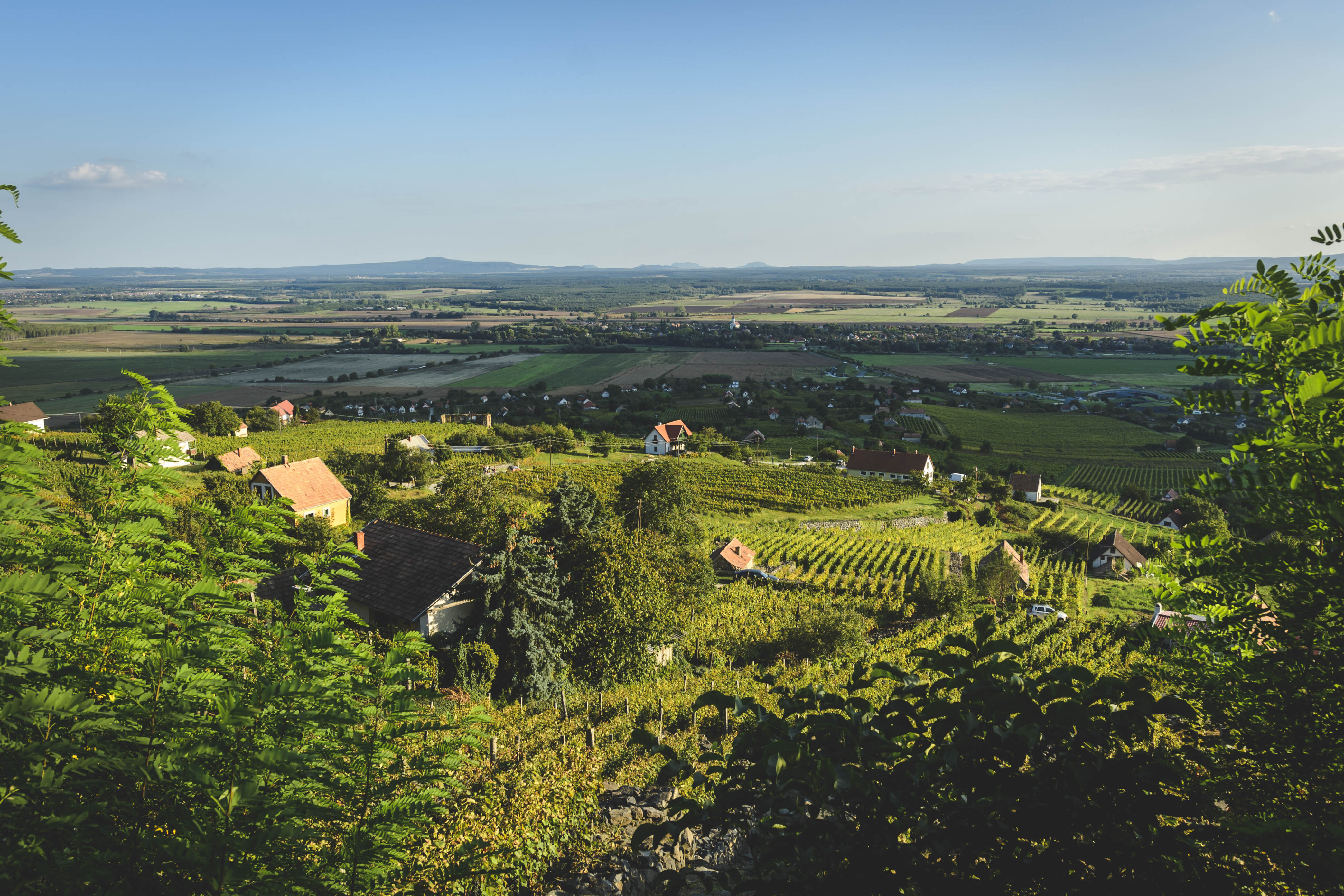It only takes a short while to explore the main sights of Somló before diving into the local wines. The trail starts at the 15th-century Szent Margit Chapel, indicated by a yellow sign. The church, originally a Gothic edifice, was rebuilt in Baroque style in the 18th century. Standing some 300 metres above sea level, it has a wonderful view before you even take in the architecture.
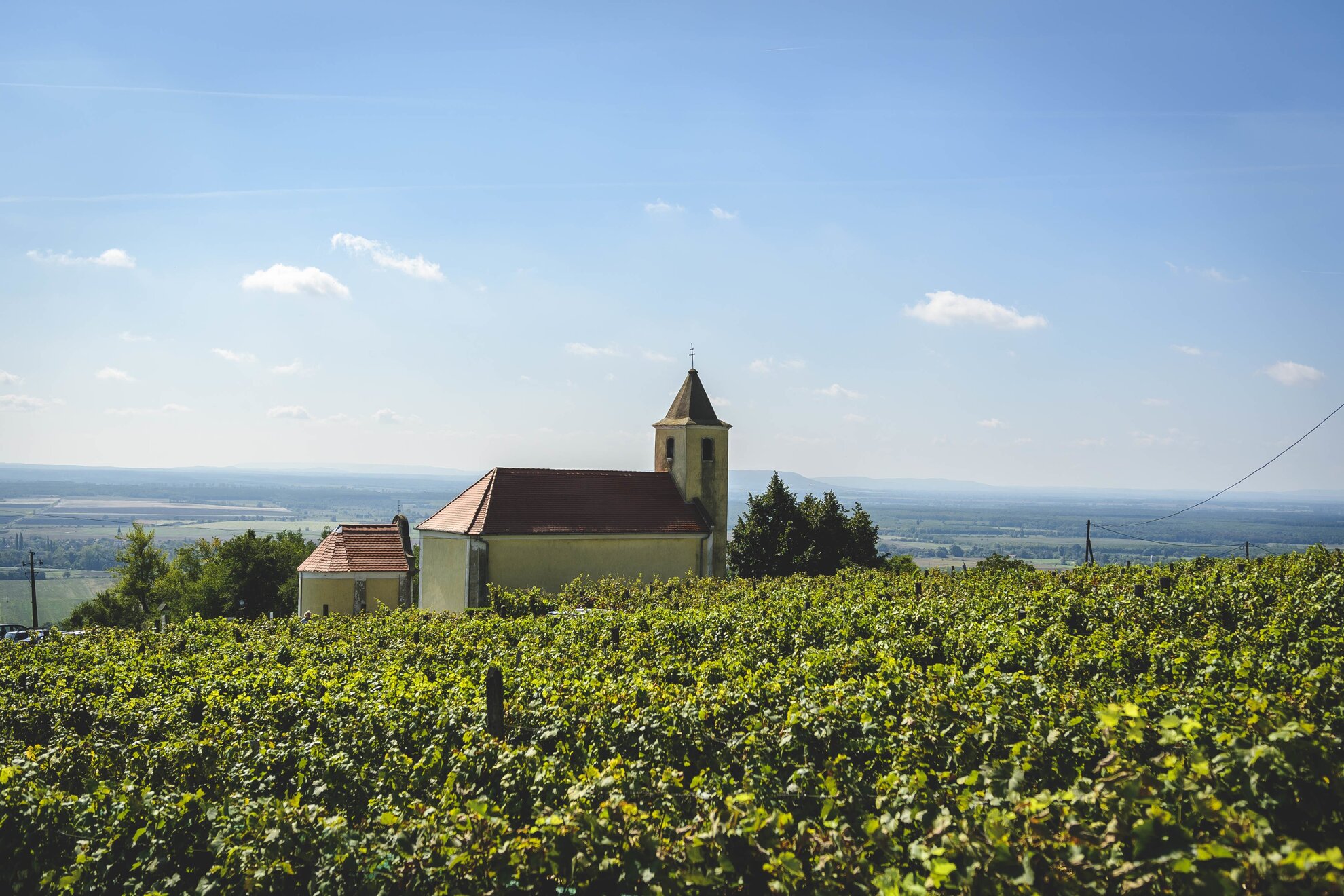
Following the trail, you pass the remains of Somló’s famous linden tree: at some point in its 300-year-old history, it was struck by lightning. Next comes an open-air exhibition, with portraits of local figures as captured by photographer Gábor Nagy. The Pál Study Trail of around three kilometres also starts from here.
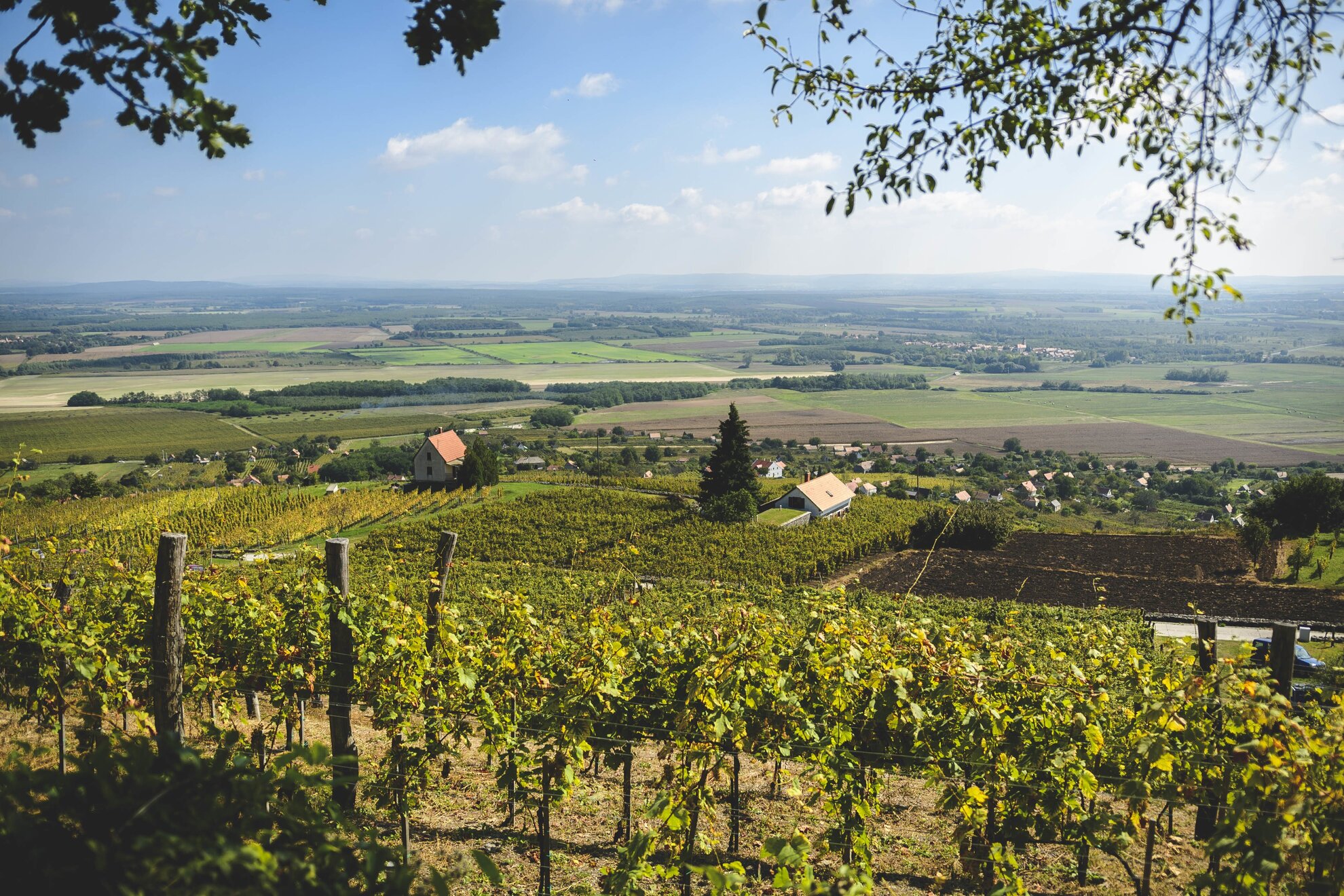
At the summit you find cellar ruins, indicated by signs after you reach the clearing at the top. It’s hard to believe now, but this place was covered with vineyards until the 1980s. The site has since been taken over by nature.
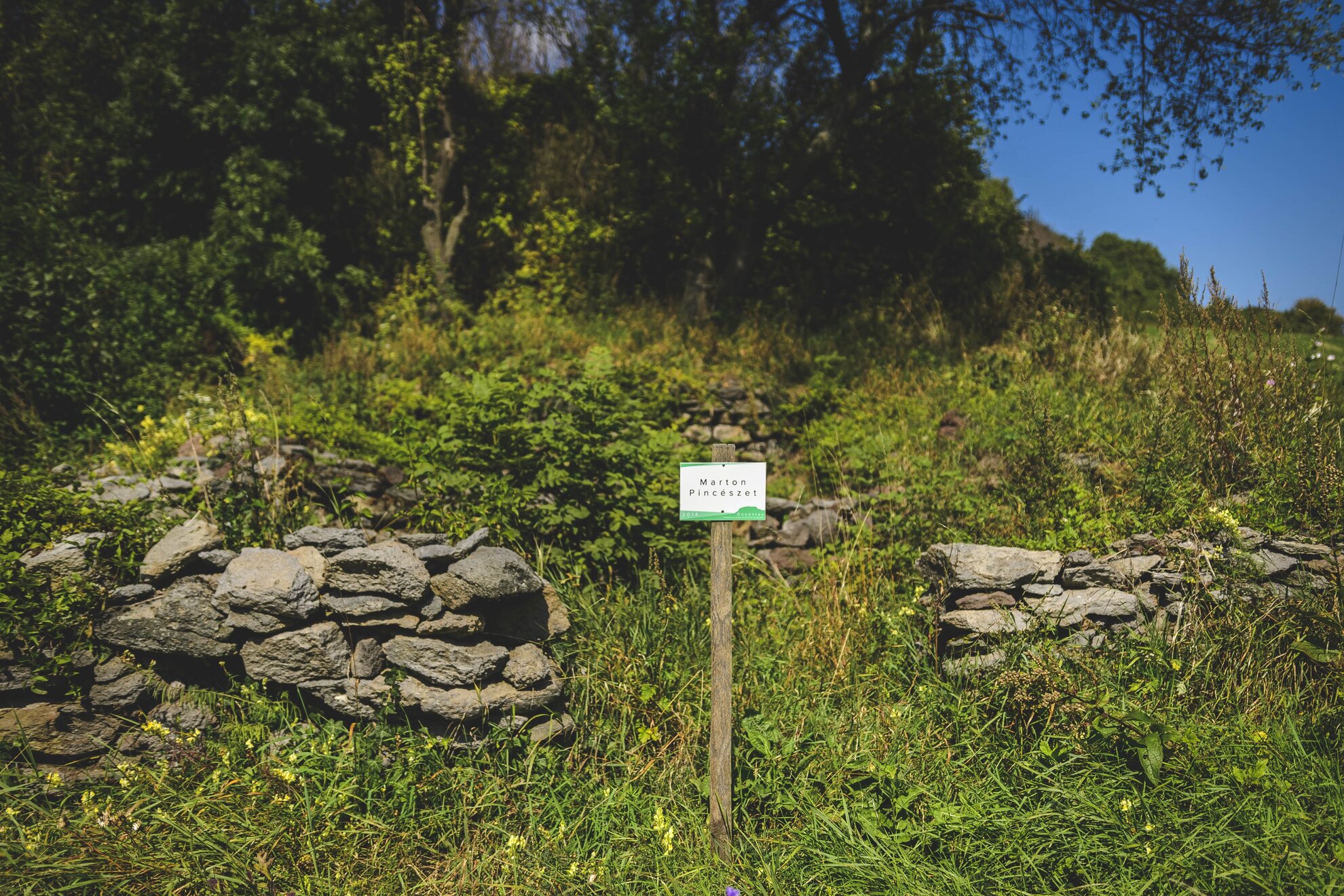
Although the view is breathtaking, don’t go too close to the edge: Somló’s basalt is rich in nepheline, a mineral that makes the soil crumble easily.
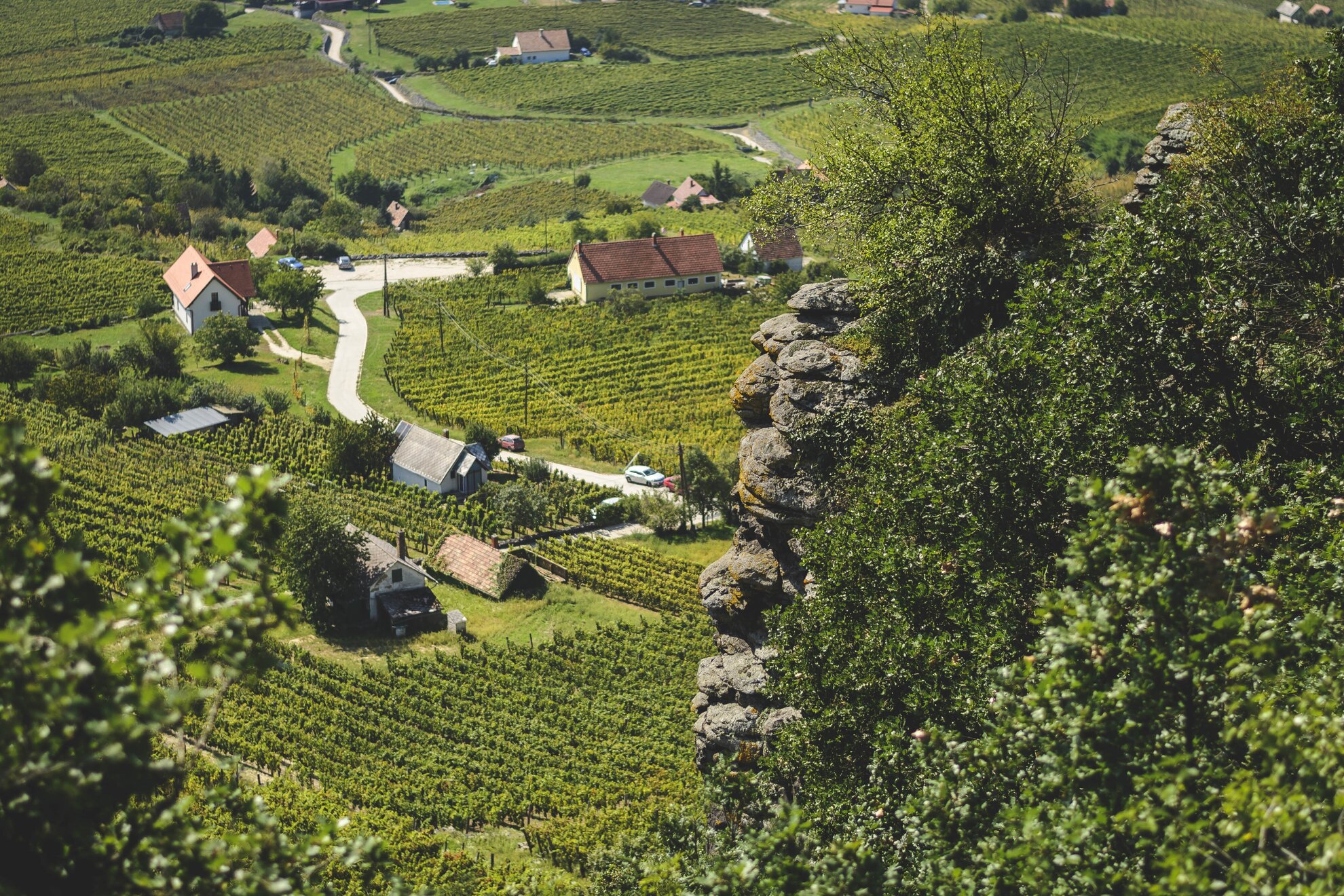
The road leads along the study trail, until the Szent István Lookout. Climb the tower for a sweeping vista. In clear weather, you can see a good 120 kilometres away.
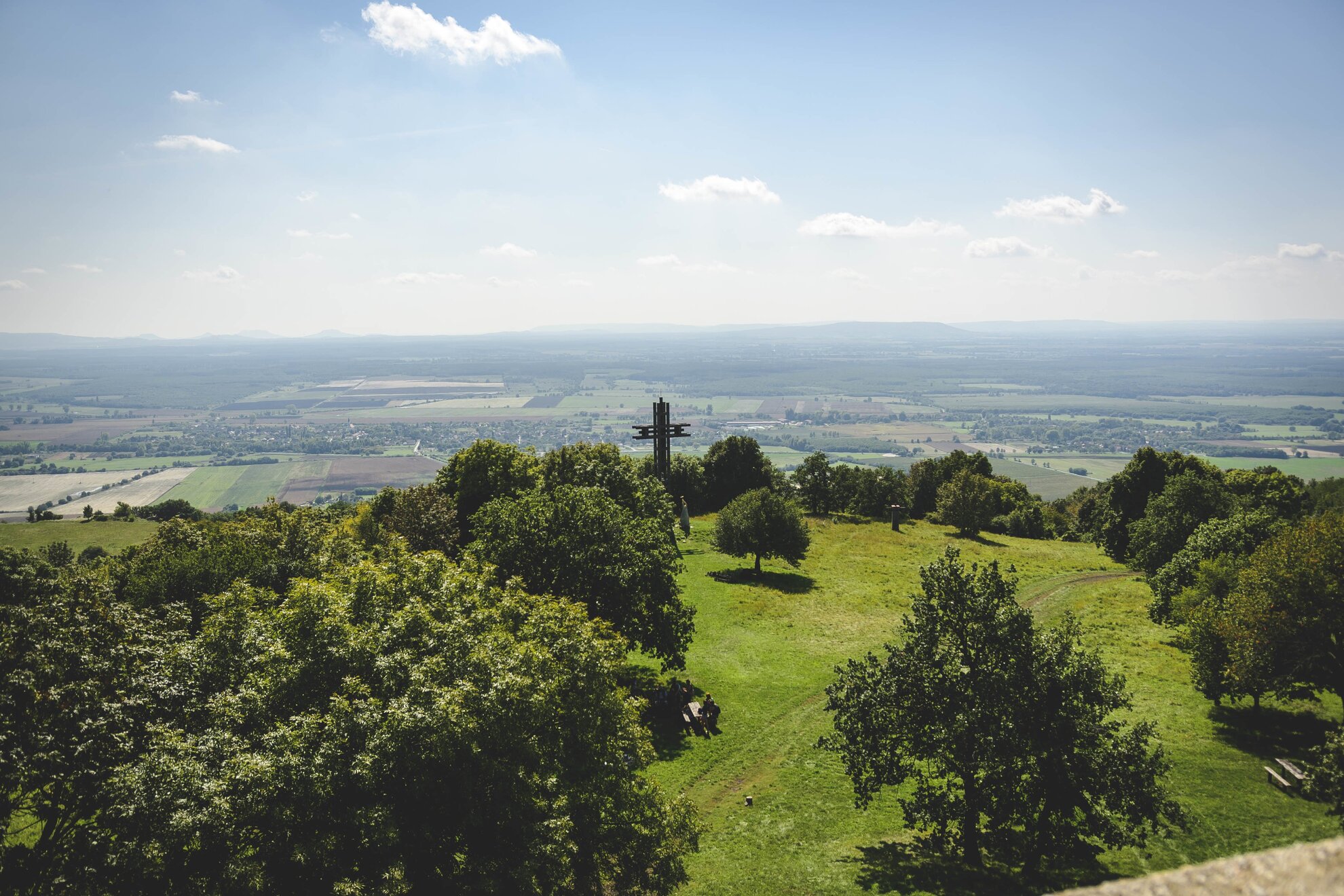
Standing opposite the lookout, turn left to reach the castle. Once you hit the steps then the asphalt road, this landmark will be towering a few hundred metres ahead. Although the first written mention of this site originates from 1352, legend says that a stone castle was built after the Mongol invasion a century before.
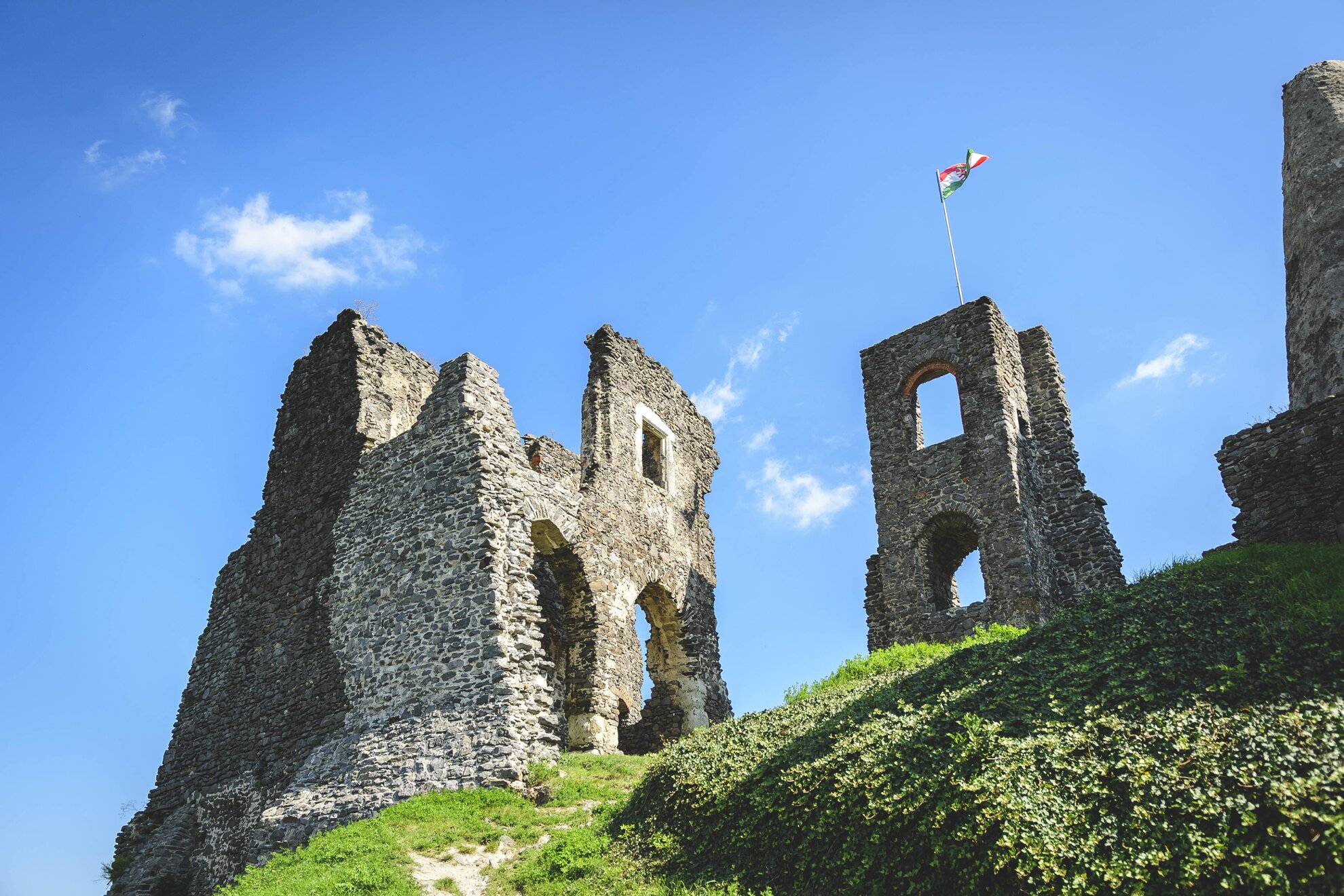
The road back is the same one that leads up, but there’s a short cut at Saint Stephen Memorial that takes you straight to the road that leads to the foot of the hill.
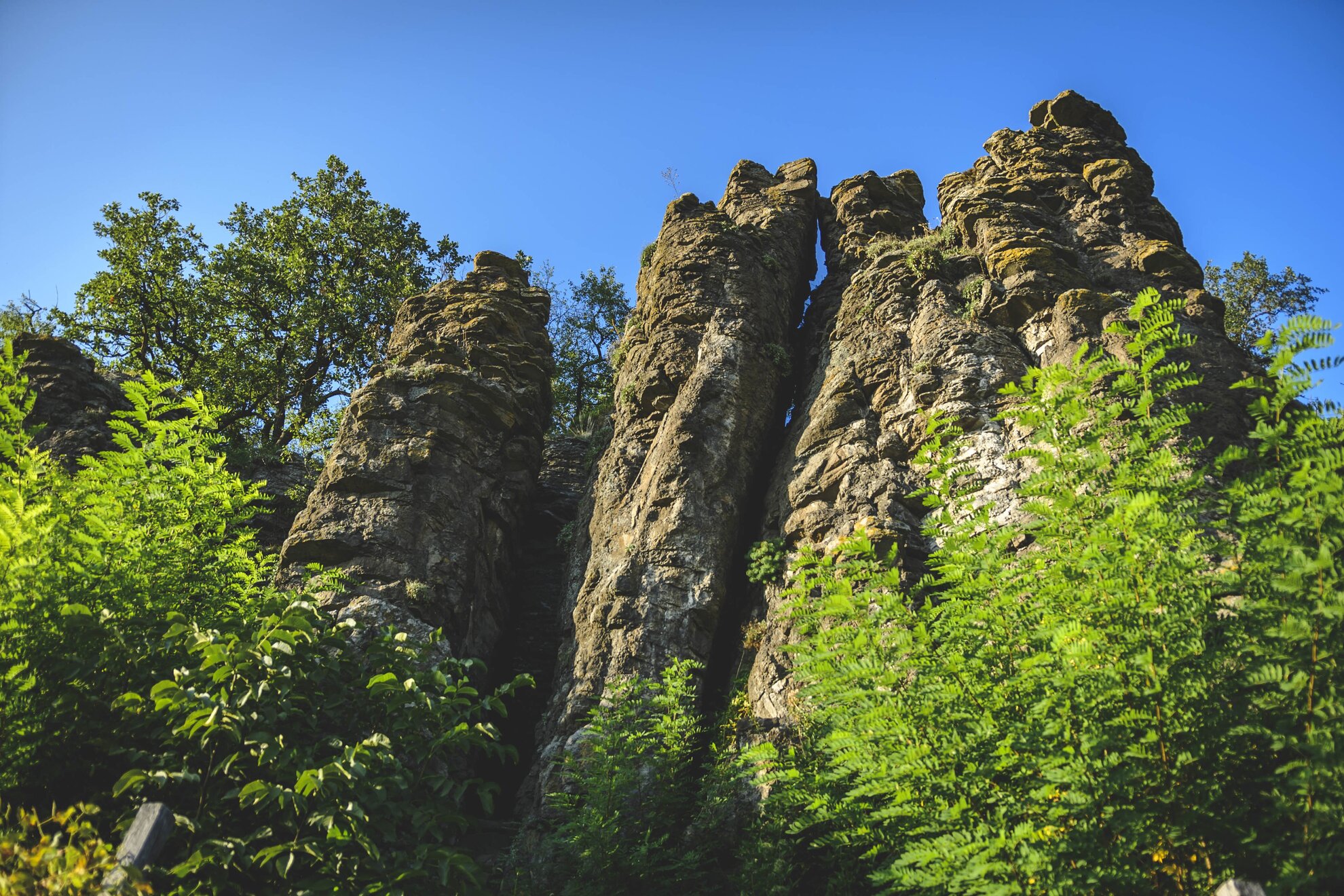
An interesting geological formation, called Kőkonyha ('Stone Kitchen'), is found in the opposite direction. It’s an enchanted spot, surrounded by basalt organs, with a narrow opening leading to it. The road then snakes through vineyards and over stone steps.
